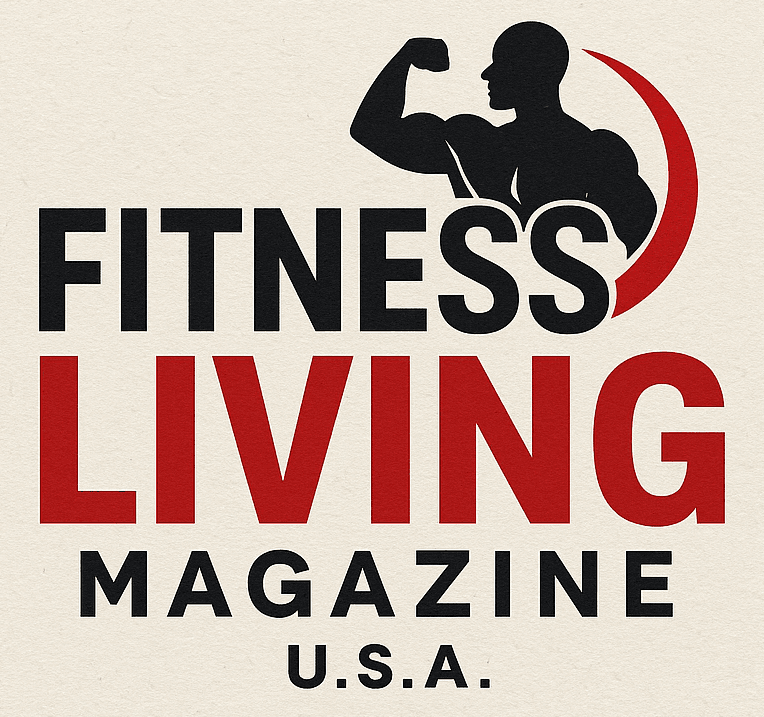
Uncovering the Facts: Exercises to Banish Belly Fat
For many gym owners and fitness trainers, the concern of clients struggling with hanging belly fat often leads to an exploration of effective exercises. The pursuit of a fit body lies at the heart of personal training and coaching. In the video, "The Best Exercises Get Rid Of Hanging Belly Fat," various methods are highlighted for their potential to melt away flabby stomach regions. Understanding these insights is crucial not only for trainers looking to enhance their clients' performance but also for gym owners aiming to raise retention rates through successful workout programs.
In 'The Best Exercises Get Rid Of Hanging Belly Fat', the discussion dives into effective workout techniques, exploring key insights that sparked deeper analysis on our end.
Understanding the Dynamics of Belly Fat
Belly fat, particularly the type referred to as visceral fat that wraps around the organs, poses various health risks. It's not just a cosmetic concern; studies point out links between excessive belly fat and chronic conditions such as diabetes and cardiovascular disease. Thus, combatting this issue becomes essential for promoting overall health, making trainers well-versed in effective strategies even more important.
Benefits of a 30-Minute Standing Workout
One of the key takeaways from the video is the effectiveness of a standing workout routine. A 30-minute session that incorporates various standing exercises can curb belly fat while simultaneously engaging other muscle groups. This approach not only promotes calorie burning but also improves balance and stability. Exercise routines that enable clients to remain upright engage more muscle fibers and tend to yield better results than traditional seated workouts.
Get Inspired: Successful Standing Exercises
The featured standing exercises often include movements like squats, lunges, and core-intensive moves. These routines, when performed regularly, can lead to significant improvements in both physical appearance and health. Instructors can create modified versions of these workouts to cater to clients of different fitness levels, ensuring that everyone sees progress. Client testimonials often reveal increased energy levels, enhanced mood, and a greater sense of achievement, all crucial aspects of client retention!
Educating Clients About Nutrition
While exercise plays a large role in reducing belly fat, education on nutrition is vital for lasting success. Trainers can guide clients toward healthier choices, discussing techniques that complement their workout routines. Balanced nutrition aids in shedding the extra pounds and, additionally, enhances energy for active training sessions. The combination of proper diet and exercise creates a robust plan for achieving fitness goals.
Embracing Technological Tools for Fitness
In today’s digital age, gym owners shouldn’t ignore the potential benefits of fitness apps and technology. Many apps offer tracking systems that allow users to monitor their workouts and caloric intake. By integrating these tools into their services, fitness centers can provide their clients with an all-inclusive fitness experience. These resources could be the key to advancing longstanding relationships with clients.
The Road Ahead: Future Trends in Fitness
As the fitness industry evolves, embracing diverse exercise methodologies will likely remain essential. Leaders in this space must be open to exploring wellness trends, including high-intensity interval training (HIIT) and holistic health approaches. Investing in continuing education for trainers and adapting to the market demands will keep gyms competitive and relevant in the future.
In conclusion, the insights from "The Best Exercises Get Rid Of Hanging Belly Fat" prompt a deeper understanding of how trainers and gym owners alike can enhance their strategies on belly fat management. By focusing on effective workout routines, emphasizing a balanced diet, and utilizing technology for tracking, the fitness community can collectively work towards achieving better health outcomes for clients. Understanding these aspects enables trainers and gym owners to deliver valuable support that fosters dedicated fitness journeys.
 Add Row
Add Row  Add
Add 



Write A Comment